UP TO THE MINUTE
Safe doesn’t mean slow
June 7, 2025 at 6:00 a.m.By Dani Sheehan.
Modern light curtain systems make it possible to balance productivity and protection in sheet metal bending.
When it comes to sheet metal bending, productivity and safety have often felt like opposing forces. If you’ve worked around press brakes or bending machines, you know the risks and the old perception that adding safety systems means slowing down the job. But as Chad Rowe, business development director at MetalForming LLC, explained in a recent MetalTalk, that belief is becoming outdated.
“Ten to fifteen years ago, the safety devices available just weren’t practical,” Chad shared. “They didn’t allow the equipment to do its job. If the system stopped the machine entirely, contractors would bypass it – or avoid using safety guards altogether. That’s not an option anymore.”
What is a light curtain system?
At its core, a light curtain system is a protective barrier made up of invisible light beams, typically arranged vertically or horizontally around a danger zone. If anything – a hand, a tool, even a piece of metal – interrupts the beam, the system reacts immediately. Chad explained, “The light curtain sends a signal from a transmitter to a receiver. If that signal is broken, the ‘brain’ of the system knows to stop the machine or reduce its speed depending on the circumstances.”
Modern systems are programmable and zone-specific. That means they can distinguish between normal machine operation and a potentially dangerous intrusion, such as a hand crossing into the hazard area.
Why it matters for roofing contractors
Whether you run a small shop or manage large-scale fabrication, integrating light curtain systems into your bending operations offers three major benefits:
1 – Protect your team without disrupting workflow
Unlike older safety systems that halted machines completely, light curtains allow machines to keep working at a regulated slow speed, when appropriate. “That regulated speed comes from the NCB-11 standards,” Chad said. “It’s roughly 3/8 of an inch per second, which is slow enough to be safe, but it doesn’t force the machine to shut down entirely.”
2 – Customize safety to your process
Light curtain systems can be programmed to respond differently depending on which part of the light field is interrupted. For example, if an operator places metal into a specific area of the machine, the system might allow the bend to proceed slowly. But if the interruption occurs in a restricted zone, the system will stop all motion. This level of flexibility ensures that safety isn’t a one-size-fits-all approach.
3 – Meet compliance and reduce liability
Safety standards like ANSI B11 require proper safeguarding in hazardous operations. Certified light curtain systems help contractors meet these standards and reduce exposure to OSHA violations or workplace injuries. As Chad put it: “What’s the price of protecting our investment? A certified system costs more, but it keeps our people safe and our equipment running.”
Read the transcript, Listen to the podcast or Watch the webinar to dive deeper into how safety technology is evolving to meet the needs of today’s sheet metal bending.
Learn more about MetalForming LLC in their Coffee Shop Directory or visit www.metalforming-usa.com.

About Dani
Dani is a writer for The Coffee Shops and AskARoofer™. When she's not writing or researching, she's teaching yoga classes or exploring new hiking trails.







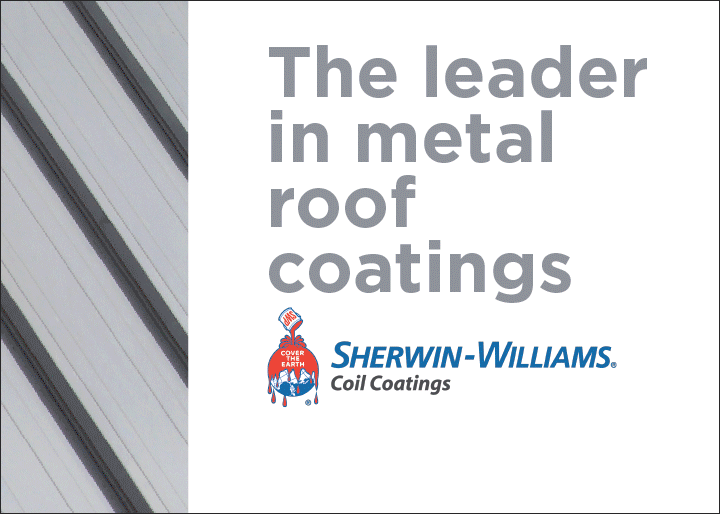
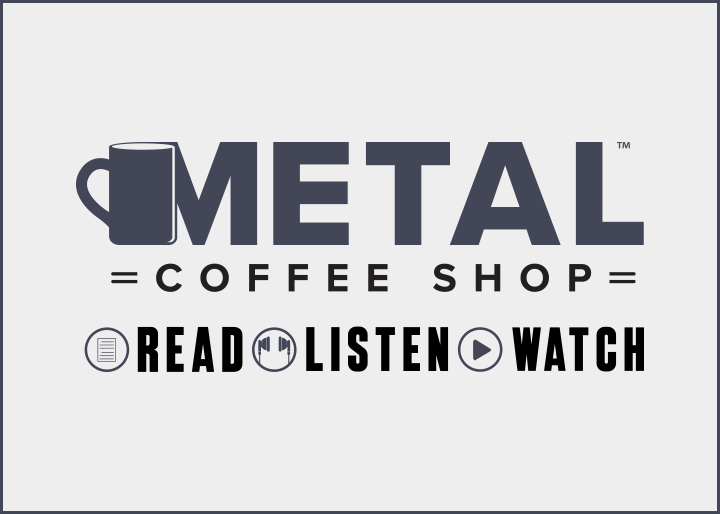


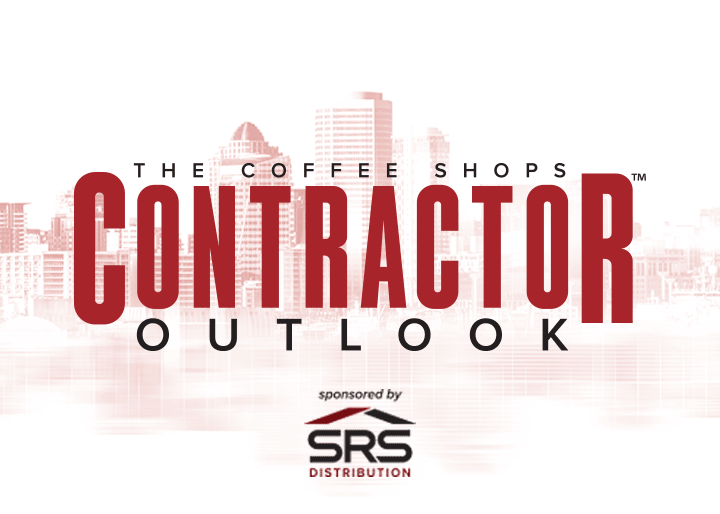
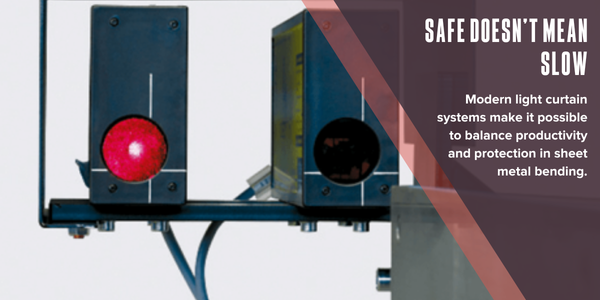
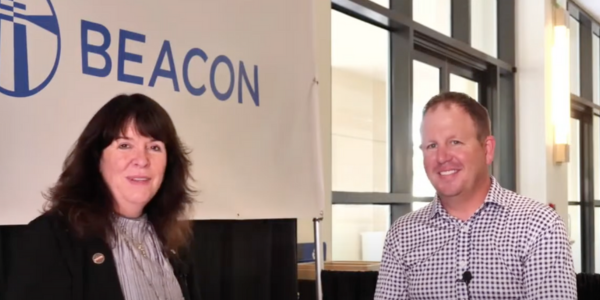



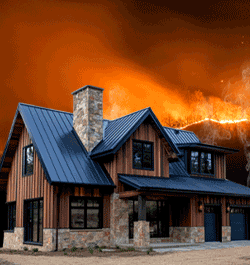

Comments
Leave a Reply
Have an account? Login to leave a comment!
Sign In